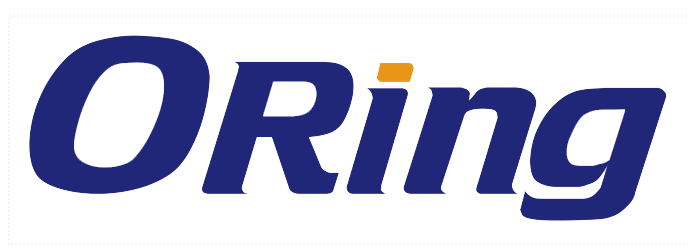The Cyber Resilience Act (CRA) is a regulatory framework initiated by the European Union that mandates cybersecurity requirements for all products with digital elements throughout their entire lifecycle. It focuses on improving transparency, vulnerability management, and compliance enforcement across the EU market.
In contrast, IEC 62443 is an international standard developed for industrial automation and control systems. It provides a comprehensive set of technical requirements and security development processes, focusing on secure product design (IEC 62443-4-1) and technical security capabilities (IEC 62443-4-2).
In summary:
- CRA is a legally binding EU regulation for all digital products.
- IEC 62443 is a voluntary international standard tailored for industrial control systems.
- CRA emphasizes market access, compliance, and lifecycle responsibility, while IEC 62443 emphasizes technical and development best practices.
| Aspect | CRA (Cyber Resilience Act) | IEC 62443 | |
|---|---|---|---|
| Nature | EU regulation (legally binding) | International standard (voluntary, but widely adopted) | |
| Scope | All products with digital elements sold in the EU | Products and systems in industrial automation and control | |
| Focus | Cybersecurity throughout the entire product lifecycle | Security development processes and technical requirements | |
| Mandatory? | Yes (within the EU market) | No, but often required for industrial cybersecurity projects | |
| Lifecycle Coverage | Full product lifecycle, including post-market obligations | Focus on development (4-1) and product features (4-2) | |
| Target Audience | All digital product manufacturers | Industrial device and system developers | |
| Key Requirements | Risk management, secure design, vulnerability handling | Secure development process (4-1), technical controls (4-2) |



